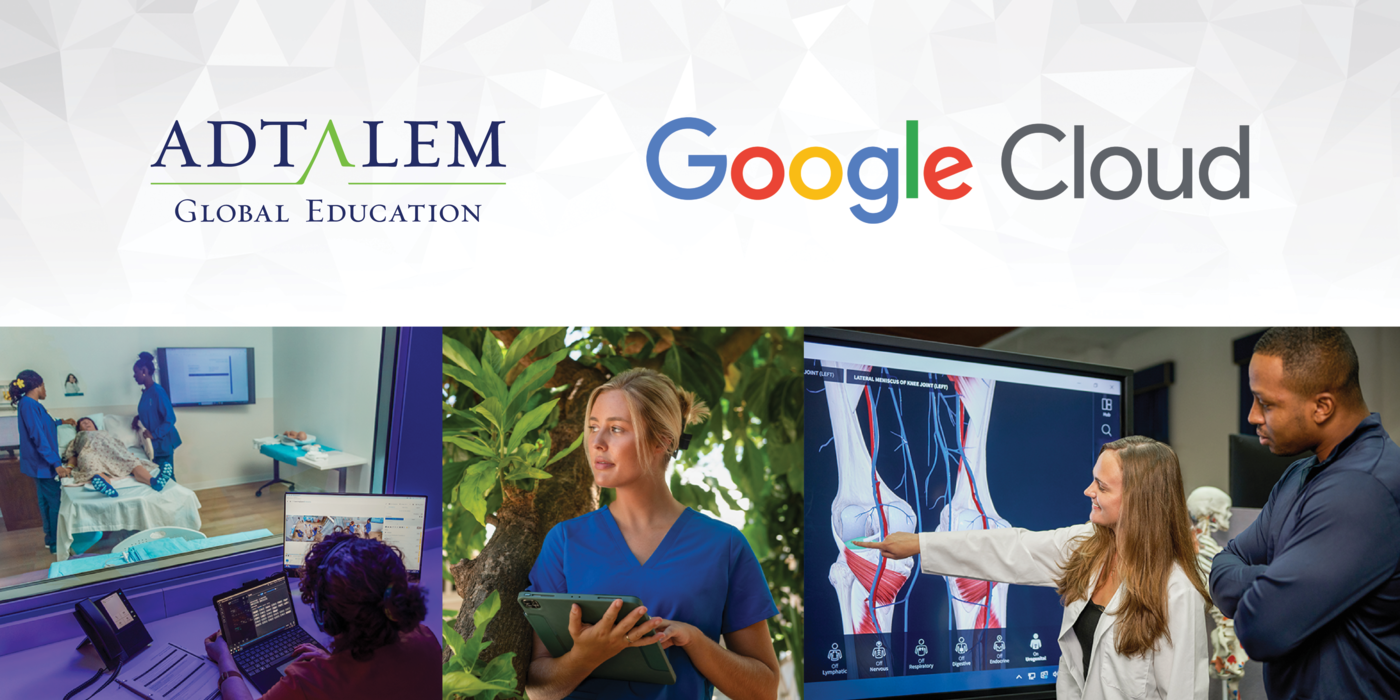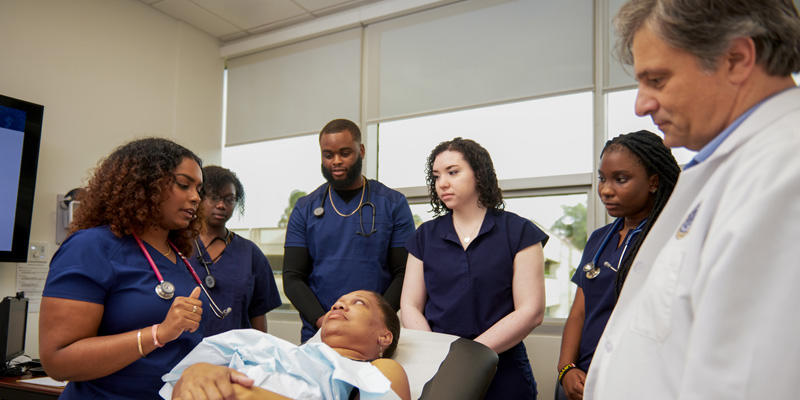Dr. Lonnie Kasman, DVM ’90, (right) has traveled to Guatemala twice to provide veterinary care.
Opportunities locally and internationally, plus the tools and traits for success.
Dr. Christa Gallagher, DVM ’93, is associate professor of veterinary public health and epidemiology at Ross University School of Veterinary Medicine. In June, she presented “It Starts with Health: Why Veterinarians Should Care About Health First to Understand the Vital Role They Play in Global Health,” which was the keynote at the American Veterinary Medicine Association Global Health Summit on One Health.
The day-to-day for many veterinarians focuses on reducing disease and prolonging life. This is one end of a continuum with promoting health at the other end—getting less attention. With escalating challenges from climate change, pollution, natural disasters, and other threats, we need more veterinarians prioritizing health promotion.
Veterinarians are well-suited to address these challenges with their knowledge, skills, and passion. This is especially true when they approach them through the framework of One Health, the concept that animals, people, and the environment are intrinsically interconnected. What affects one affects all.
What is One Health?
Local One Health Opportunities for Veterinarians
I firmly believe that global health starts on a local level.
For me, local is the island of St. Kitts, where I teach at Ross University School of Veterinary Medicine. One of the complex One Health challenges here centers on the population of invasive African green monkeys. Farmers view them as pests because they raid their crops, which can lead to food insecurity and food safety issues. Some of these issues are well-documented. Others need more study from a veterinary lens. It’s not a problem with one conclusive solution, but rather one that needs to be managed collectively with a variety of stakeholders. Perfect for One Health.
Veterinary expertise is also needed at the community level in planning for and recovering from disasters. First, clinicians need to prepare their practices to be able to stay open when communities need them most. They can also collaborate with emergency managers to contribute to city, county, and state disaster preparedness.
How Veterinarians Can Get Involved in One Health Globally
The first thing many U.S. veterinarians think of when I bring up getting involved in One Health are opportunities internationally.
Dr. Lonnie Kasman, DVM ’90, shared his international experience with the American Veterinary Medicine Association at their Global Health Summit. In his presentation, “How Can Busy U.S. Veterinarians Squeeze Global One Health Opportunities into Their Schedules—Volunteering Globally,” he shared his experiences with a spay and neuter program co-organized by Veterinarians International in Guatemala.
Over the years, these trips have made a noticeable difference in the number of stray dogs, which helps reduce transmission of deadly diseases like rabies to humans. For younger veterinarians, it’s an opportunity to get more experience vaccinating, putting in IVs, and spaying and neutering. For established, or even retired veterinarians like Dr. Kasman, it’s a way to give back, maintain their skills, and provide health education.
3 Qualities for Success in One Health
Of the many qualities that I see in veterinarians who are successful in One Health initiatives, three stand out for me:
- Curiosity: Being curious about socioecological problems is the first step toward addressing them. Being aware of the challenges around you and taking a deeper interest in them is an entry point to publishing research and taking action.
- Respect for Local Knowledge: Experts often take a top-down approach to solving problems. What’s more successful is engaging the people closest to the issue. My work on the human-monkey conflict on St. Kitts involved discussions with diverse community members, many who have dealt directly with the issue for decades. Deeply engaging with them was just the entry point to understanding and addressing the problem.
- Active Hope: During my research, I came across the book Active Hope. The authors describe the difference between passive hope—waiting for others to bring about the change we desire—and active hope, which means participating in the change we want to see. This aligns perfectly with the call for veterinarians to bring action to shared health problems between animals, people, and the ecosystems we cohabitate.
One Health Tools for Veterinarians
As veterinarians address One Health challenges, they can learn new tools from our allied health colleagues. Knowledge sharing is a central tenet and benefit of the One Health approach.
- Health Promotion: This is a core function of public health that empowers people to improve their health by giving them more control over it. This is health that happens outside of healthcare and requires stable ecosystems, equity, and social justice among other factors. Veterinarians can do this by increasing health literacy and advocating for environments that benefit the health of people and animals.
- Harm Reduction: This is another public health approach. Rather than aiming to “rescue” someone, it aims to provide support without judgment that reduces the harmful consequences of an activity. On St. Kitts, it wasn’t ethical, feasible, or socially acceptable to eliminate the monkeys. We needed to find ways to reduce the harm they caused.
- Participatory Epidemiology: This approach puts respect for local knowledge into action. Through interviews, focus groups, and other participatory activities, we can investigate the various elements of a problem and form a “community diagnosis.”
When veterinarians recognize the connection between animals, people, and the environment and the skills they have and can acquire, they can lend a hand that makes a difference locally and globally.
For more information, email the Adtalem Global Communications Team: adtalemmedia@adtalem.com.






